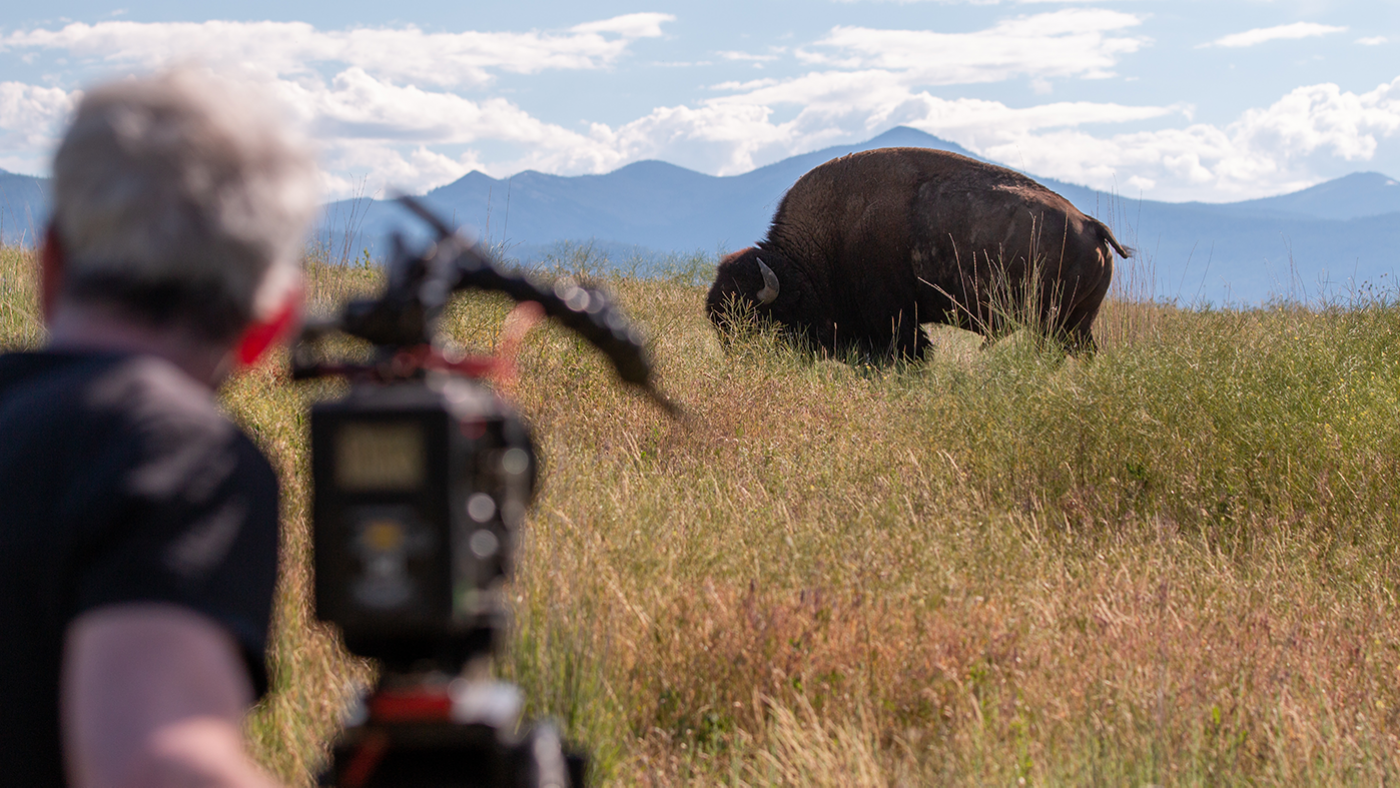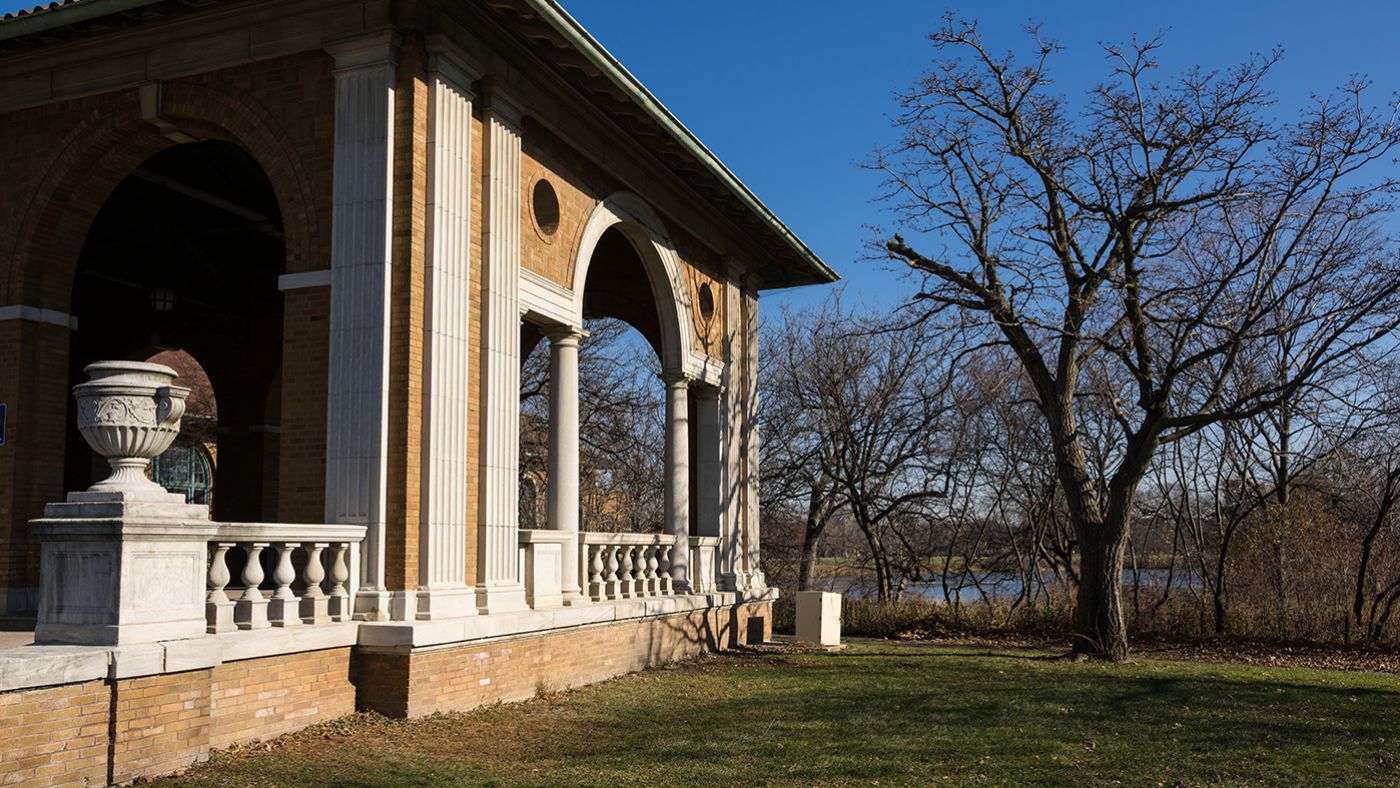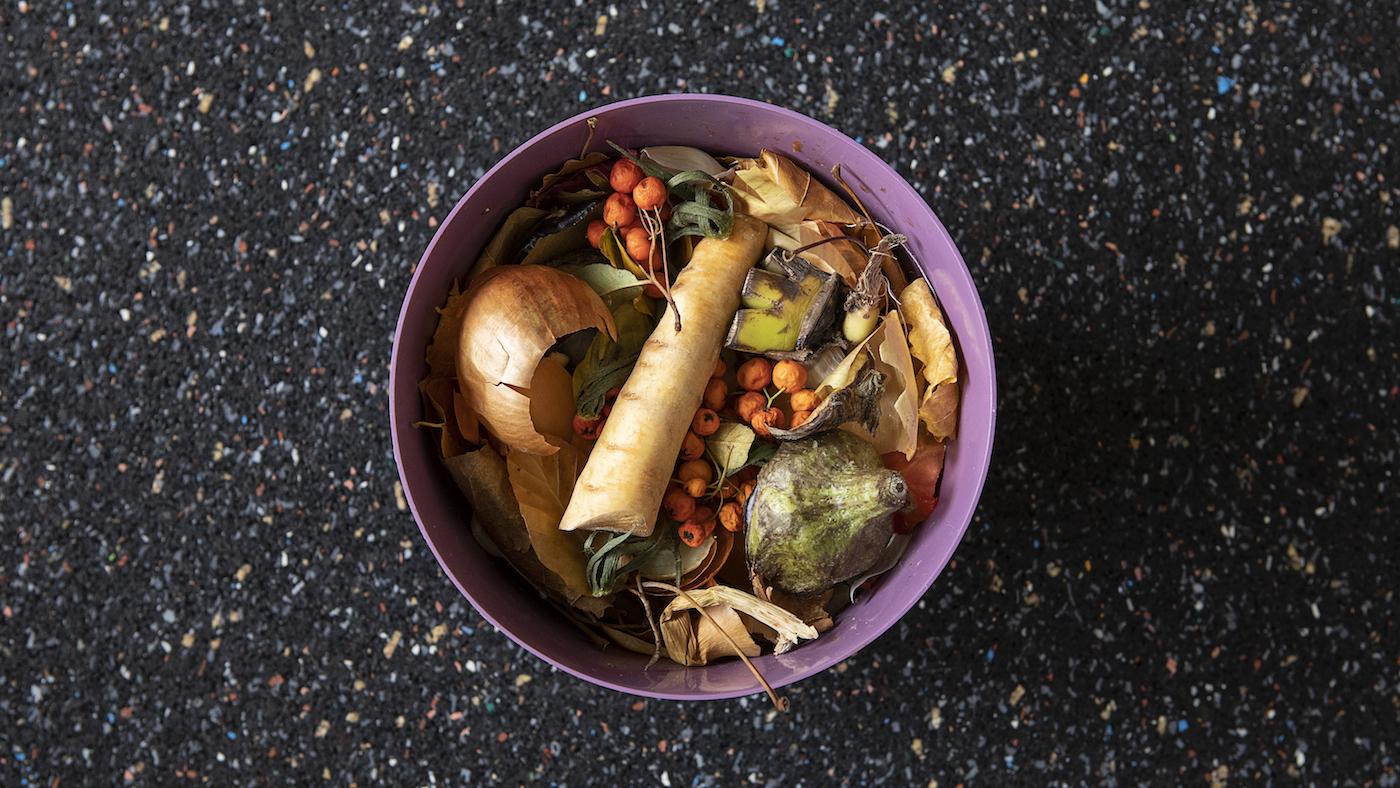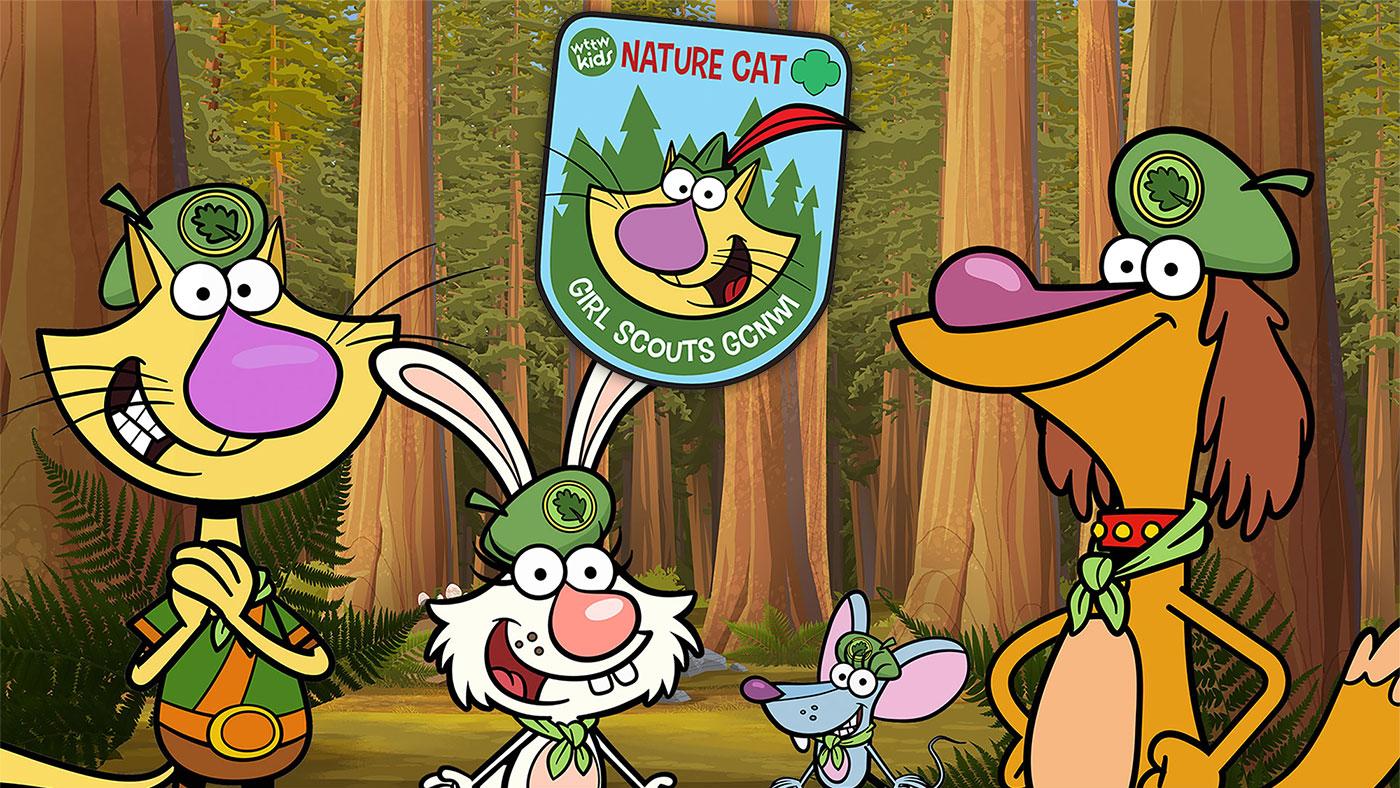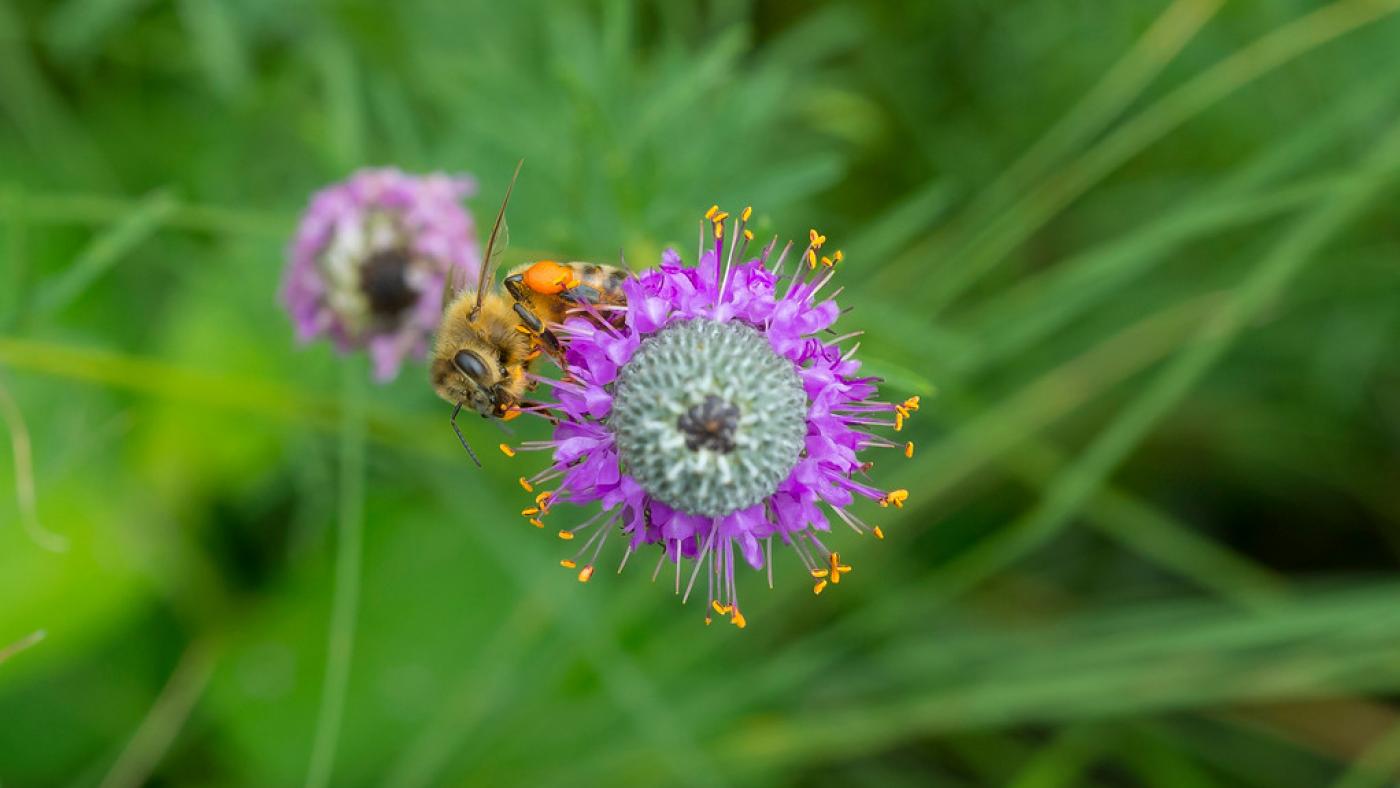The Wonders of Mexico
Daniel Hautzinger
August 1, 2018

Wonders of Mexico airs Wednesdays at 9:00 pm and is available to stream.
Over three episodes, the new series Wonders of Mexico takes you on a tour of some of our southern neighbor's most remarkable landscapes, introducing you to the people and animals that reside there. From the Yucatán peninsula, with its Mayan ruins and underground cave and reservoir system, to the volcanoes of Mexico's mountainous spine, to the dry deserts and prairies of the north, there are some extraordinary sights, cultures, and biospheres. Get a glimpse of some of them through awesome photography from the series here.
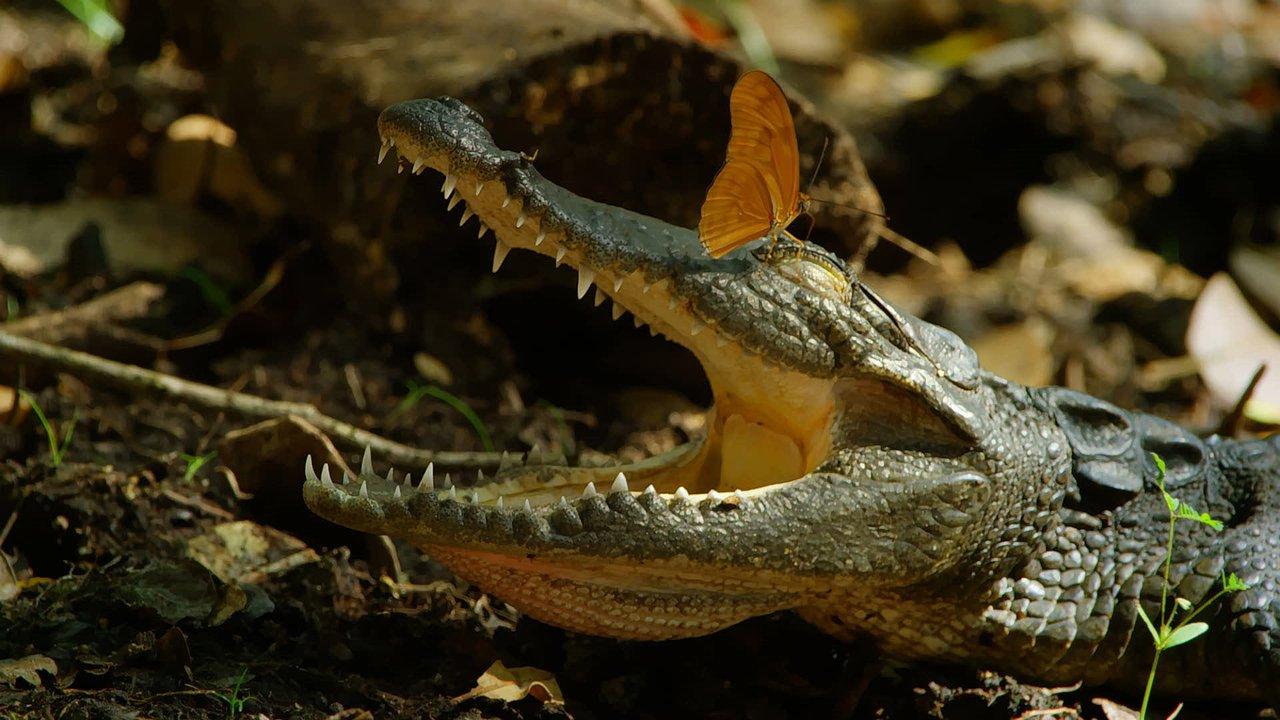 A young Morelet's crocodile. The crocodile finds refuge in ground water pools, known locally as "aguardas," at the peak of the dry season. A forest butterfly sips salts and fluids from the resting crocodile. Photo: BBC NHU
A young Morelet's crocodile. The crocodile finds refuge in ground water pools, known locally as "aguardas," at the peak of the dry season. A forest butterfly sips salts and fluids from the resting crocodile. Photo: BBC NHU
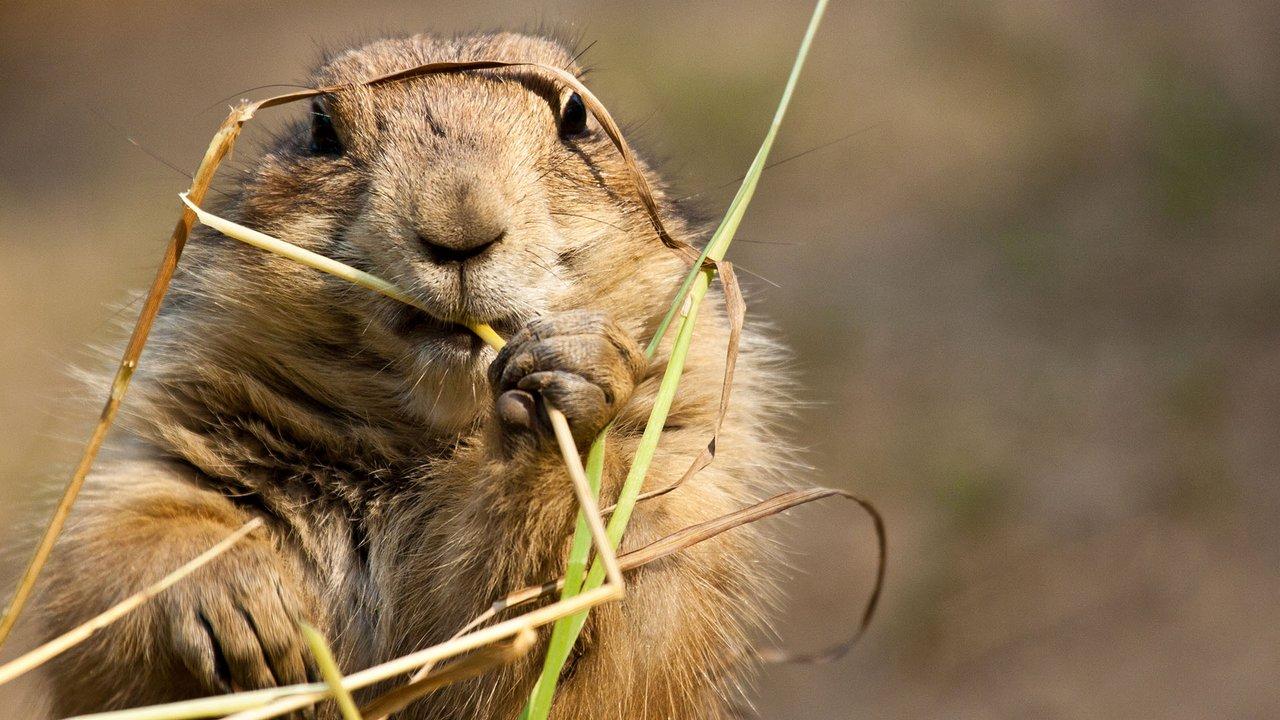 Black-tailed prairie dog. Photo: Jearu/Shutterstock
Black-tailed prairie dog. Photo: Jearu/Shutterstock
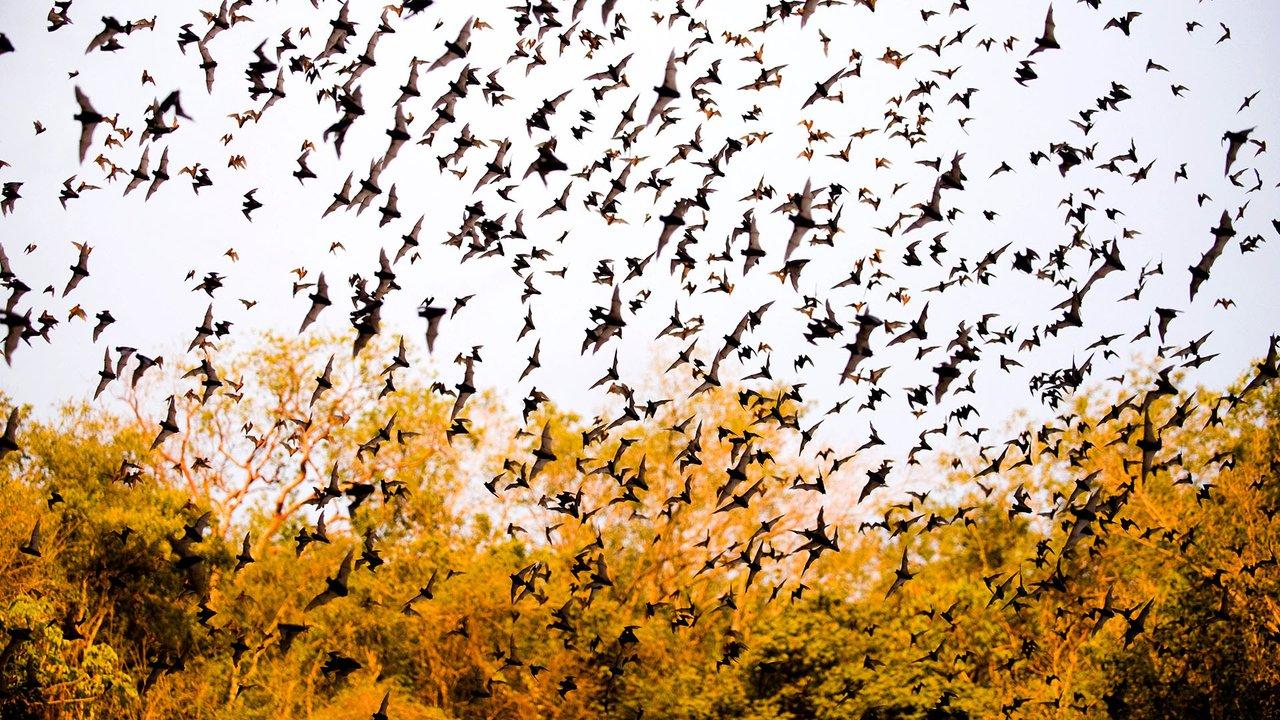 Multiple species of bats emerge from a limestone cave at dusk, in Campeche State, Mexico. Photo: Minden Pictures/Alamy
Multiple species of bats emerge from a limestone cave at dusk, in Campeche State, Mexico. Photo: Minden Pictures/Alamy
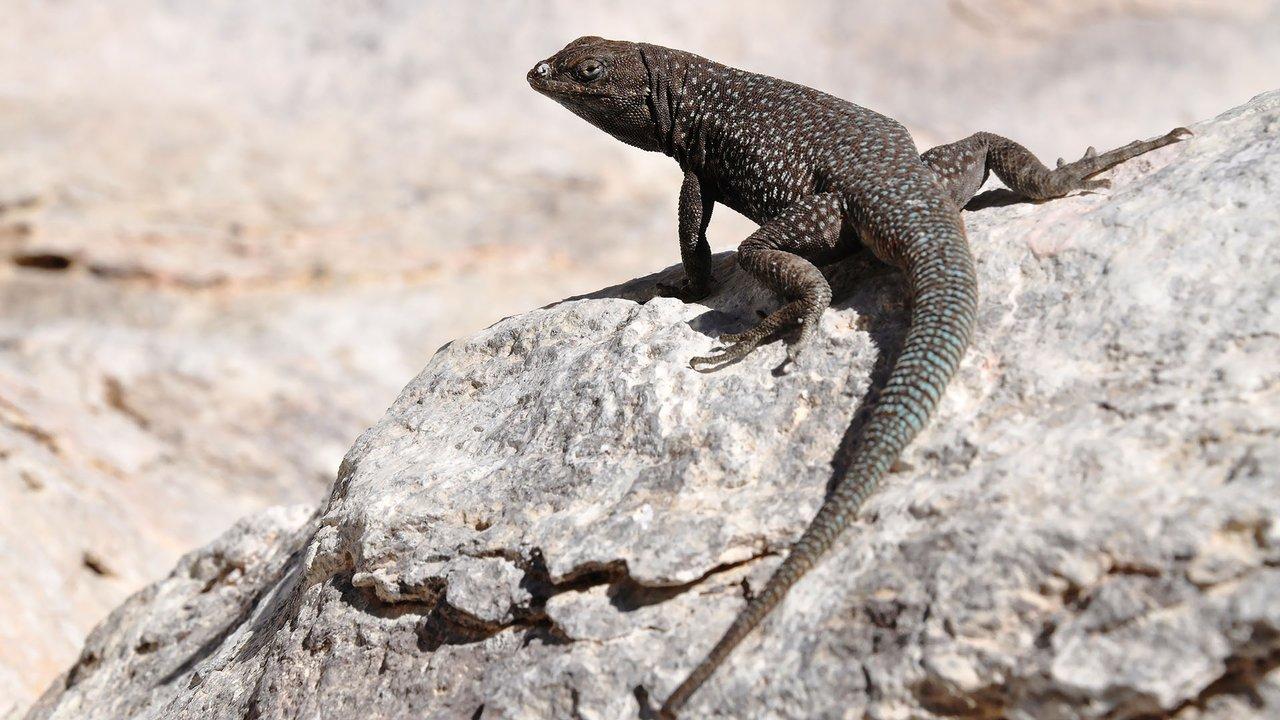 Isla San Pedro Martir Side Blotched Lizard. Photo: Stuart Armstrong/BBC NHU
Isla San Pedro Martir Side Blotched Lizard. Photo: Stuart Armstrong/BBC NHU
 Aplomado Falcon. Photo: Gualberto Becerra/Alamy
Aplomado Falcon. Photo: Gualberto Becerra/Alamy
 A male orchid bee collects fragrant oils from flowers to mix its own cologne. Photo: Louis Labrom
A male orchid bee collects fragrant oils from flowers to mix its own cologne. Photo: Louis Labrom
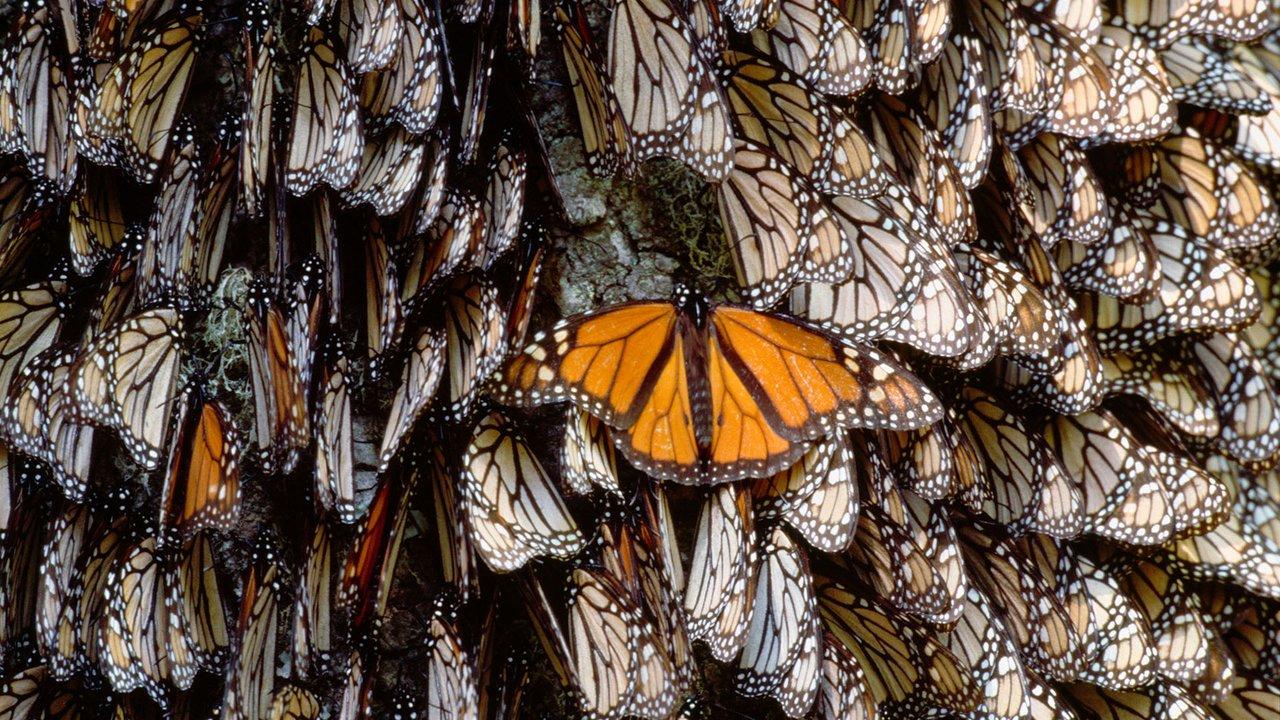 Monarch butterflies hibernate at their winter retreat in the mountains of Central Mexico. Photo: Cultura RM/Alamy
Monarch butterflies hibernate at their winter retreat in the mountains of Central Mexico. Photo: Cultura RM/Alamy
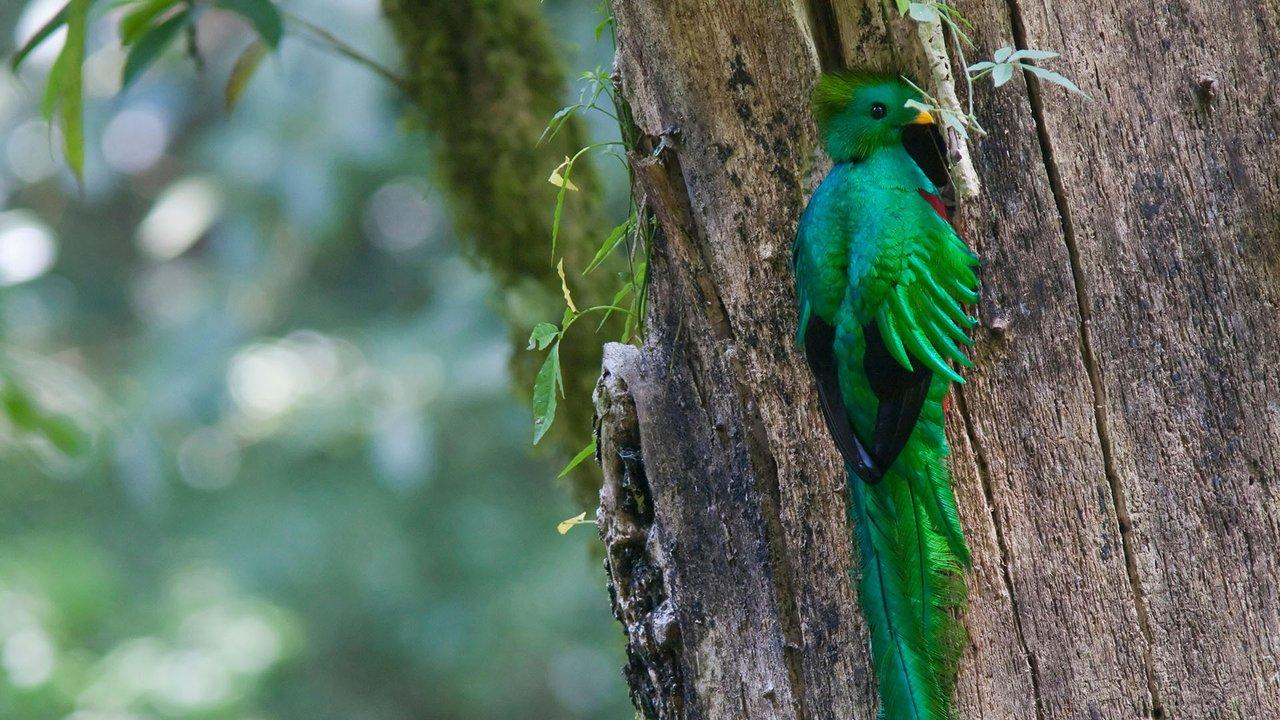 A Resplendent quetzal male at its nest cavity in El Triunfo Biosphere Reserve, Chiapas, Mexico. To the Aztecs this bird's feathers were worth more than gold. Photo: imageBROKER/Alamy
A Resplendent quetzal male at its nest cavity in El Triunfo Biosphere Reserve, Chiapas, Mexico. To the Aztecs this bird's feathers were worth more than gold. Photo: imageBROKER/Alamy
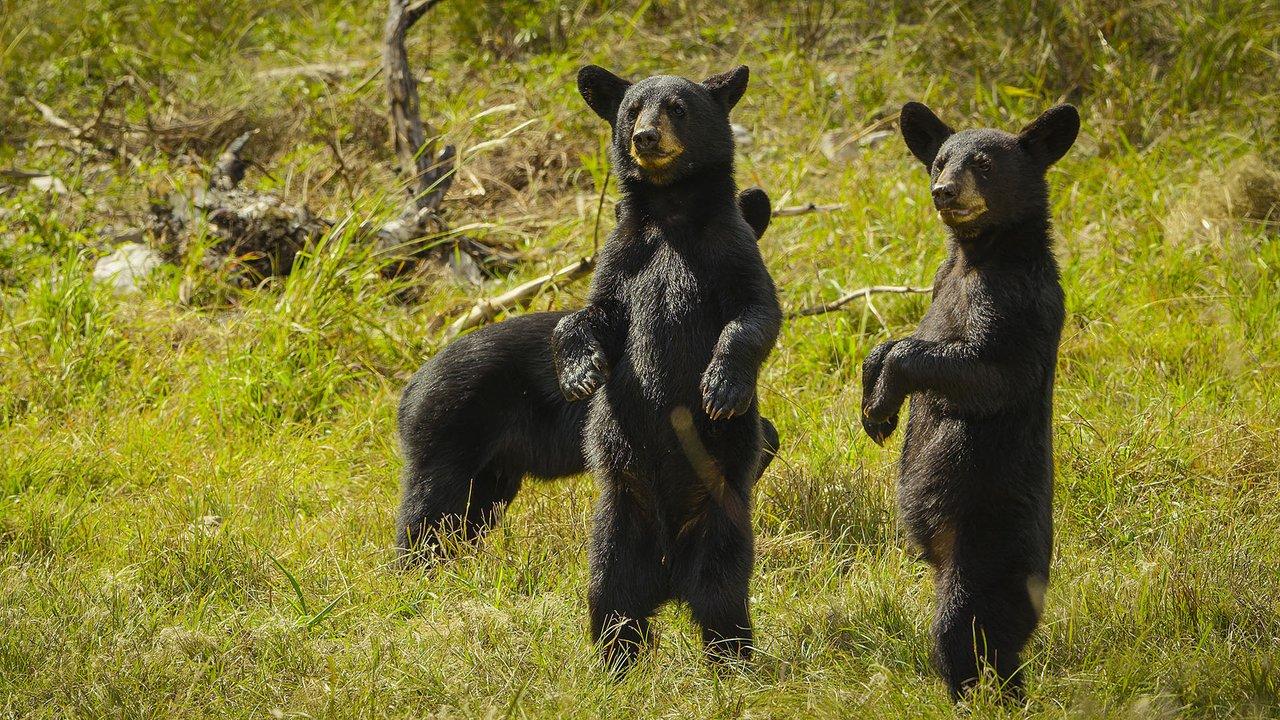 Mexican black bears in the northern mountain ranges of the Sierra Madre. Mother bears in Mexico typically give birth to three cubs. Photo: BBC NHU
Mexican black bears in the northern mountain ranges of the Sierra Madre. Mother bears in Mexico typically give birth to three cubs. Photo: BBC NHU
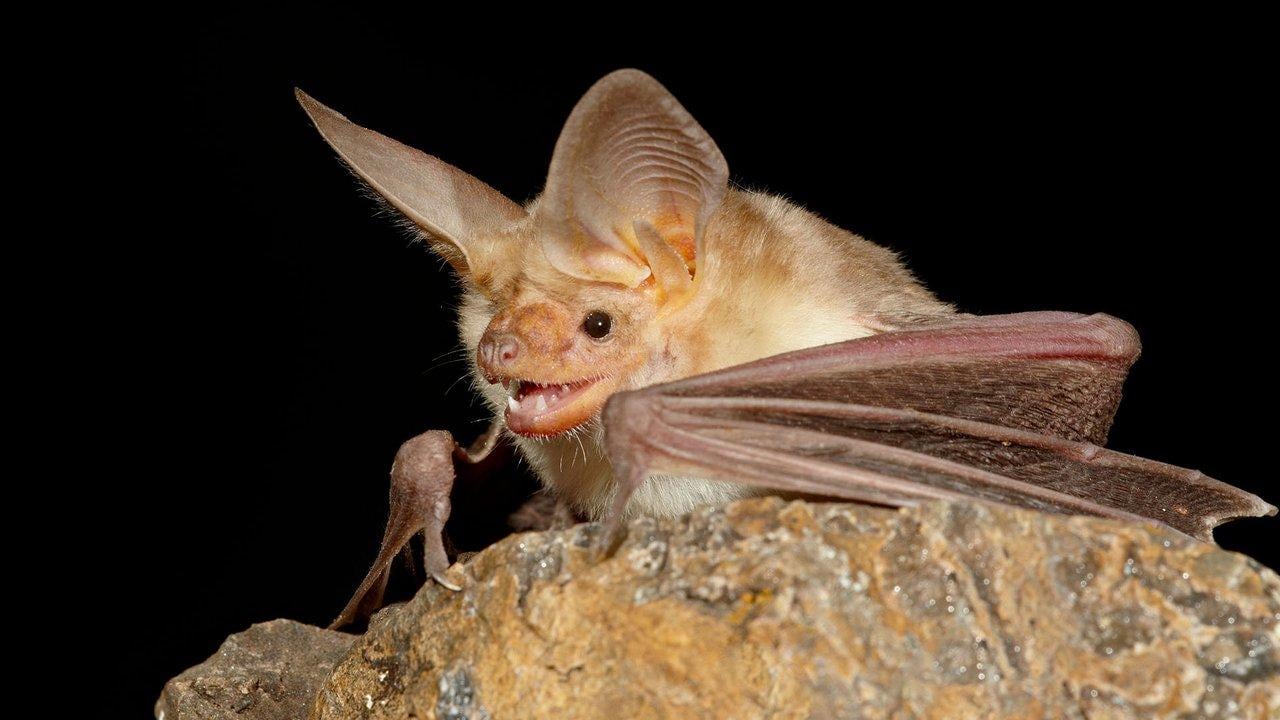 Pallid Bat. Photo: robertharding/Alamy
Pallid Bat. Photo: robertharding/Alamy
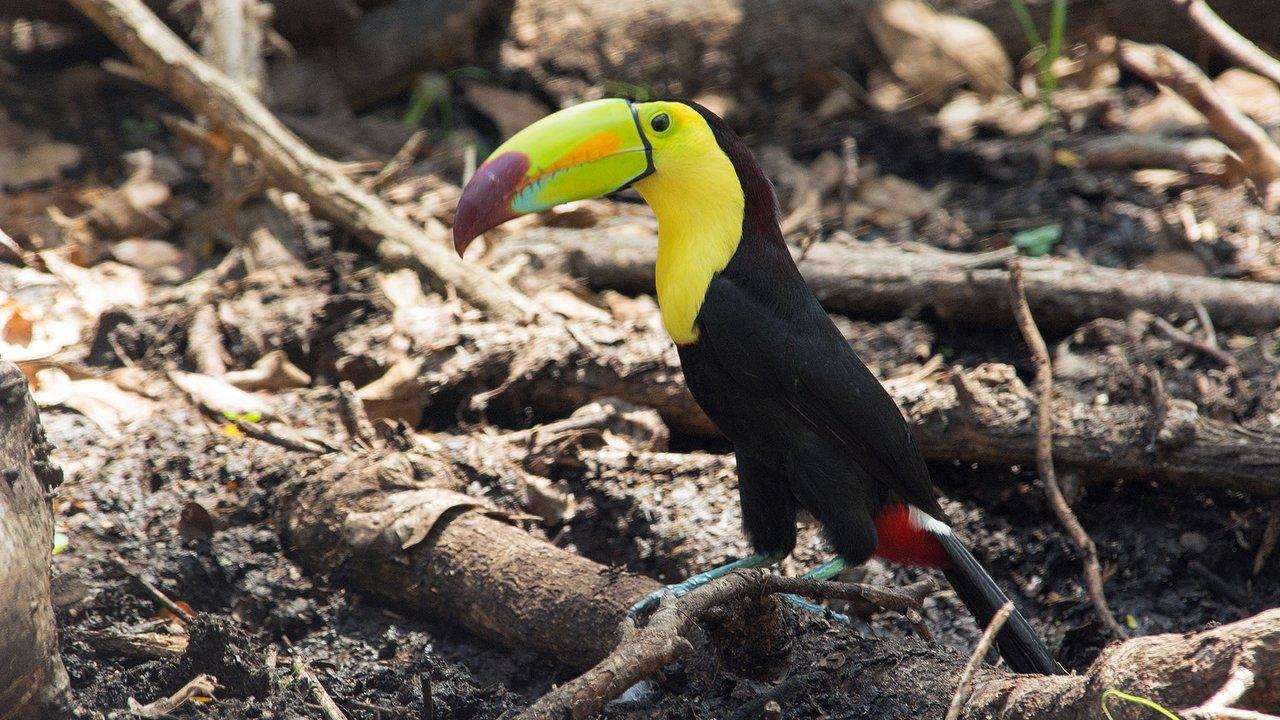 Keel-billed Toucan in Calakmul Biosphere Reserve, Campeche State, Mexico. Photo: Barrie Britton
Keel-billed Toucan in Calakmul Biosphere Reserve, Campeche State, Mexico. Photo: Barrie Britton
 Popocatépetl is Mexico's most active volcano and lies on the outskirts of its largest metropolis, Mexico City. Photo: Martin Schneiter/Alamy Stock Photo 2015
Popocatépetl is Mexico's most active volcano and lies on the outskirts of its largest metropolis, Mexico City. Photo: Martin Schneiter/Alamy Stock Photo 2015

